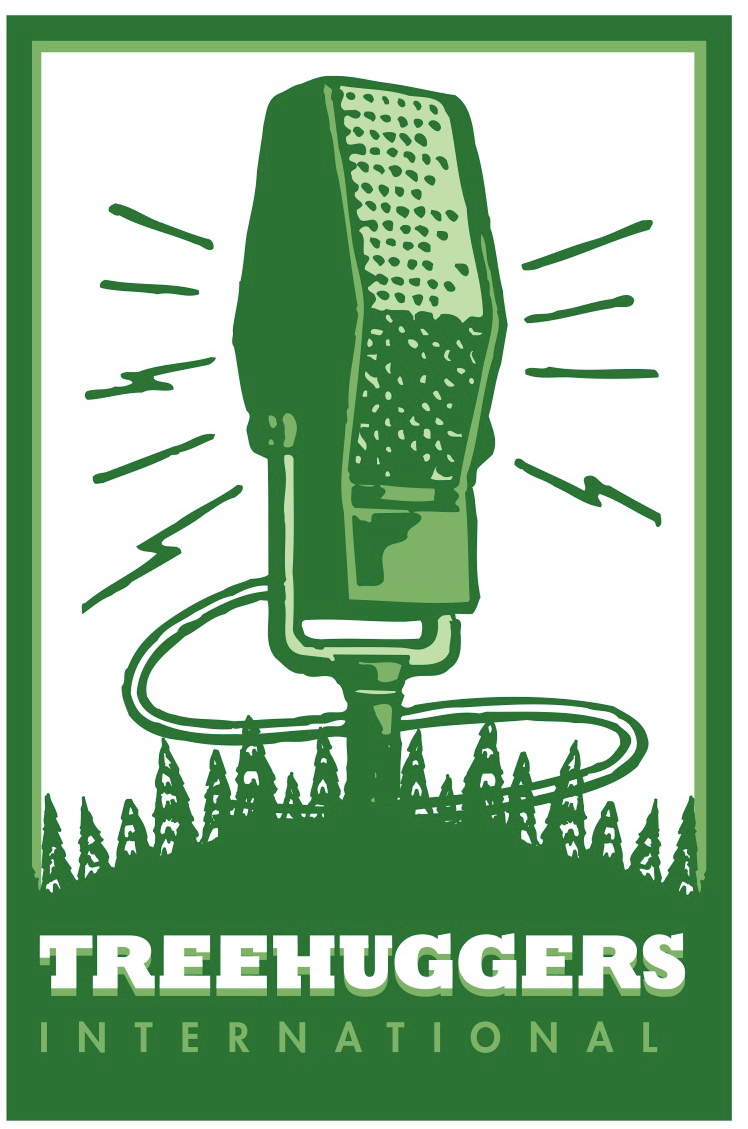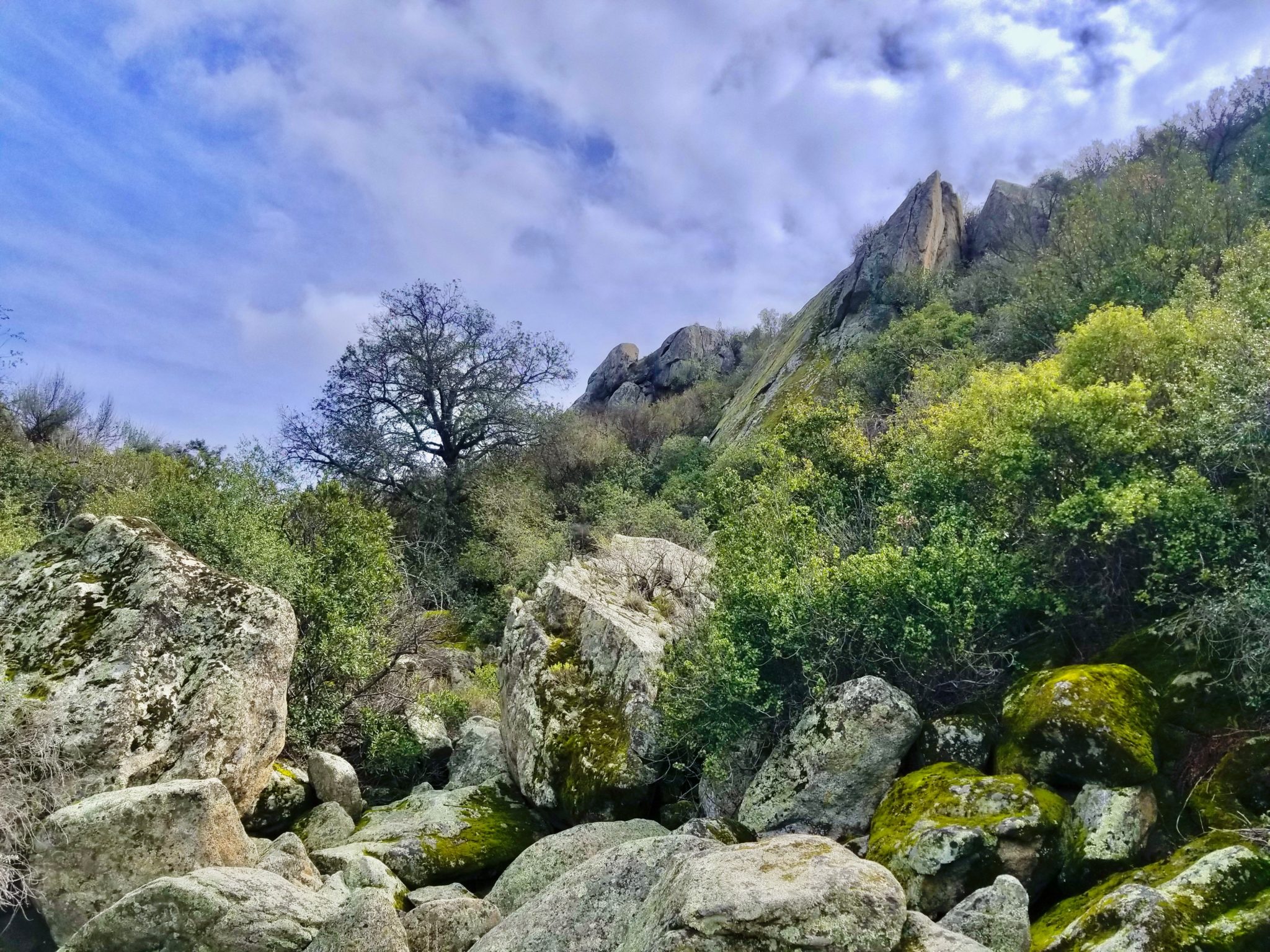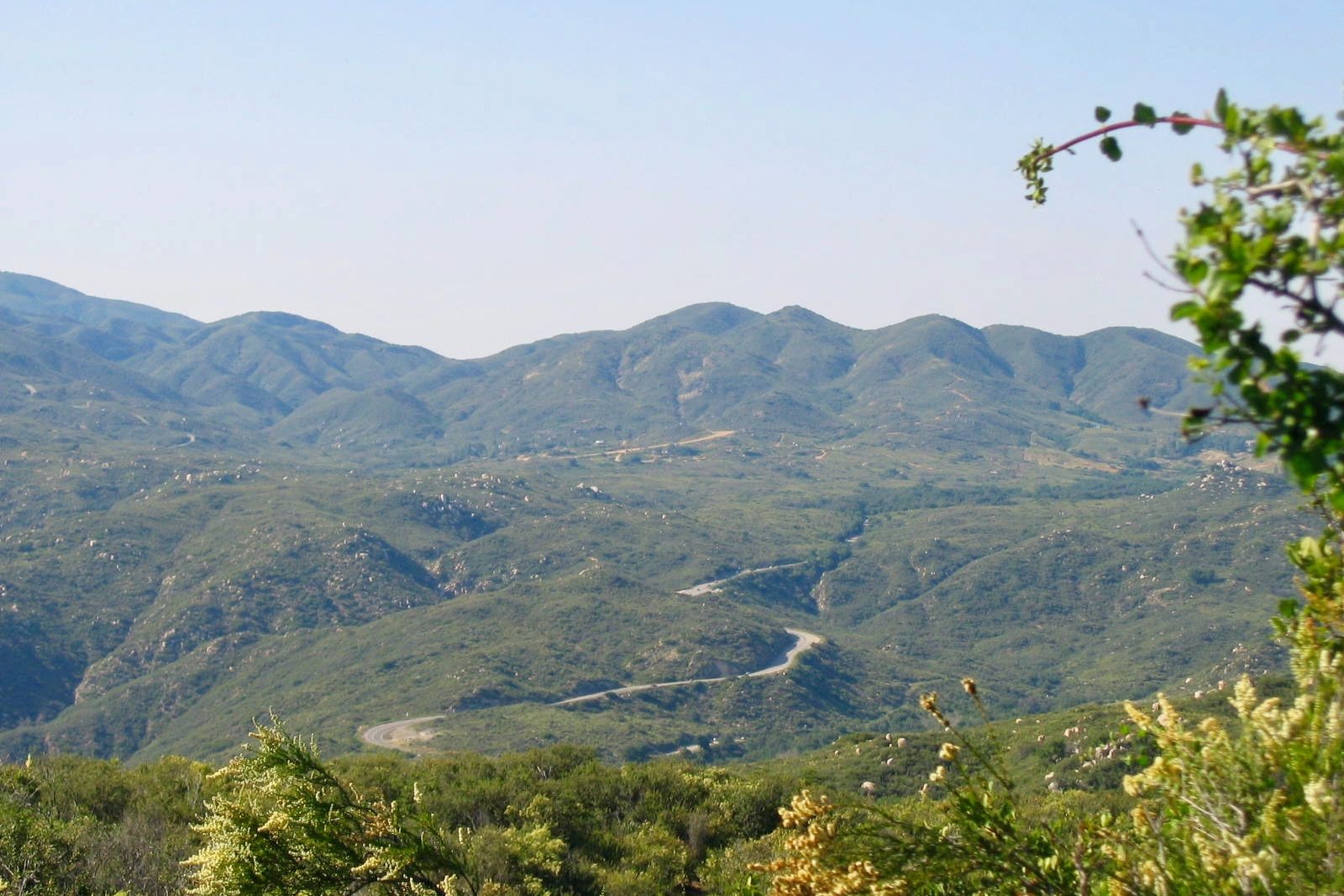 Since co-founding San Diego County Democrats for Environmental Action in 2014, I’ve spent a good deal of time writing, giving presentations, and making comments on conservation, in part to break the cycle of sprawl development in our backcountry.
Since co-founding San Diego County Democrats for Environmental Action in 2014, I’ve spent a good deal of time writing, giving presentations, and making comments on conservation, in part to break the cycle of sprawl development in our backcountry.
To a considerable extent, we’ve succeeded. The defeat of the Lilac Hills proposal in 2020 and the buyout of the Merriam Mountain and Newland Sierra site by the Golden Door has, in some ways, marked the end of sprawl in North County, and has pushed the housing debate into a very different, yet still highly developer-driven policy relating to infill – which often comes at a “build more now” expense of infrastructure, affordability, or any effort at long-term planning.
I did a good deal of similar writing and speaking during the run of my Treehuggers International show on FM 94/9, and produced shows like the one I’ve shared here, and the ones I’ve recently been reposting and sharing. For many supporters, it’s the first time they’ve heard these programs, and there’s more in the archives I’ll be rolling out in the weeks to come.
My conservation ethics and environmental advocacy reach back to a series of pieces I wrote for the Seattle Times detailing the need for more holistic and comprehensive firefighting strategies in the wild, and questioning the need to aggressively fight wildfires far from humanity or private property, or engage in prescribed burns and habitat destruction in the name of fire suppression in unpopulated hinterlands. While managing communications at Oregon Wild I similarly had a front row seat for many of these conflicts between development, wildfire risk, and “defensible space.”
Short of salvage logging, each of these approaches or practices has its individual merits. But during my time in Southern California I came to value the unblemished open space of chaparral communities and ecosystems that certainly make San Diego County so special and ecologically diverse, contrasted with the overdevelopment, sprawl, and denuded landscapes just to the north of us in Riverside County. Sadly, these native chaparral communities are often where wildfires actually occur, rather than forests. More importantly, because of development and overdevelopment, it’s where people are. And it’s not the fault of the chaparral.
If you were to have taken a drive north on I-215 to Menifee at the time this show was recorded in 2008, and then turned east to go towards Hemet through Diamond Valley, perhaps via Domenigoni Parkway, you would’ve found a largely empty, Mediterranean climate grassland, but still a functional wildlife corridor amid encroaching suburbia. Today, that encroachment has more than arrived, and the valley has come to typify the vast differences between our two counties toward development.
Now, road signs in Murietta, Menifee, Perris, and Diamond Valley aren’t placed by municipalities or governments, but by housing speculators and developers. Rows of flags guide you to perfectly-graded, valley-wide expanses of earth like the wide shot of Marty McFly’s Hill Valley neighborhood in 1955, with newly-poured concrete slabs quietly waiting for water and gas hookups. Despite what some of the giant billboards may advertise, these aren’t affordable housing developments. They never will be. This is, after all, California.
While northern San Diego County is particularly rugged and hilly and perhaps not as suitable for development as the flatter valleys of Riverside County north of Temecula and Lake Elsinore at the base of the San Jacinto range, the blankets of chaparral that give Southern California its cooling backcountry green – its largest native ecosystem – remains naturally contiguous throughout. To say it is misunderstood and frequently maligned would be an understatement.
Which brings me to this show. This episode of Treehuggers International features my friend Rick Halsey, the founder and director of the California Chaparral Institute, who was a frequent guest on the show and, at the time, a member of the San Diego Regional Fire Safety Forum formed in the wake of the 2003 Cedar Fire and 2007 Witch Creek Fire.
This particular episode is from Rick’s second appearance, recorded Oct. 2nd, 2008, and broadcast a few days later on Sunday, Oct. 5th. Like many of the other Treehuggers International shows I’ve recently been sharing, I’m amazed at how we’re still talking about so many of the same issues, threats, and dumb behavior when it comes to our attitudes about wildfire in relation to the state’s largest natural ecosystem. So much of this conversation remains so relevant this program could’ve been recorded last week.
Rick and I were initially planning to talk about then-Supervisor Bill Horn’s penchant for “fuel clearance,” and the wanton destruction of perfectly healthy natural habitat in our backcountry, but the conversation also veered toward the impact of recent wildfires on old-growth chaparral stands in San Diego and along the Central Coast, how to make communities safer from wildfire, the future of Rancho Guejito, the use of goats in fuel clearance projects, and some bad behavior on the part of the U.S. Forest Service and a brush-crushing masticator (!) that devastated a virgin stand of chaparral in the Santa Ana Mountains.
Tom Petty once said, “People may be slow, but they ain’t deaf.” I hope that’s true. I hope if policymakers and the public hear Rick Halsey enough times they’ll get the cotton out of their ears and truly consider their positions on conservation, and think through the long-term effects of “managing” the natural environment that nature already manages for us.

Photo of the Santa Ana Mountains and Ortega Highway © 2005 Tommy Hough, all rights reserved.
Photo of the Hauser Wilderness near Lake Morena by Tommy Hough © 2020 Tommy Hough, all rights reserved.

